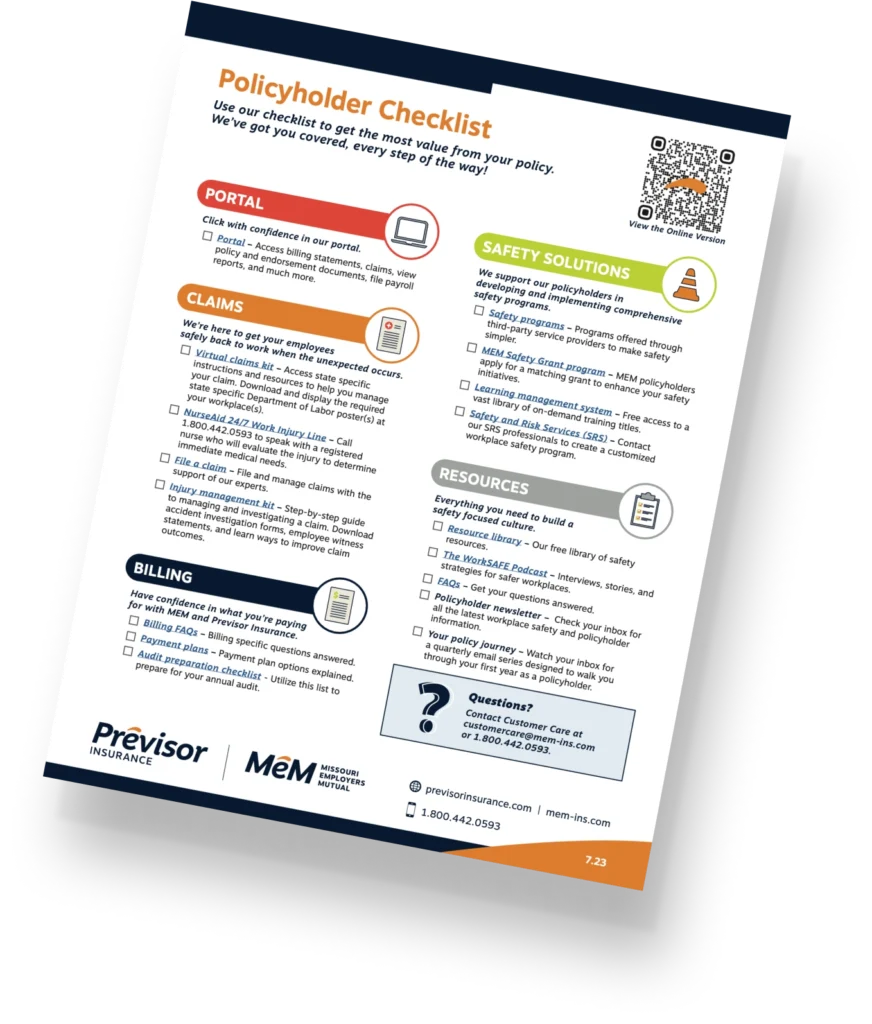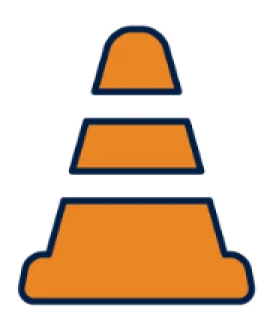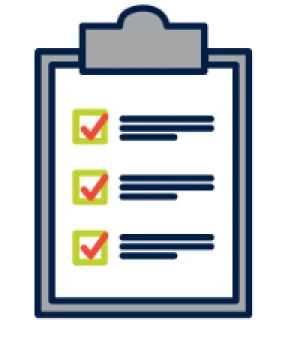Start getting the most out of your policy.

On the move?
Print our Policyholder Checklist here and start your journey on the go.

Claims
We’re here to get your employees safely back to work when the unexpected occurs.
Virtual Claims Kit
Access state specific instructions and resources to help you manage your claim. Download and display the required state specific Department of Labor poster(s) at your workplace(s).

Billing
Have confidence in what you’re paying for with MEM and Previsor Insurance.

Safety Solutions
We support our policyholders in developing and implementing comprehensive safety programs.

Resources
Everything you need to build a safety focused culture.
The WorkSAFE Podcast
Listen to interviews, stories, and strategies for safer workplaces.
See the Latest
Policyholder Newsletter
Check your inbox for all the latest workplace safety and policyholder information.
Your Policy Journey
Watch your inbox for a quarterly email series designed to walk you through your first year as a policyholder.
Questions?
Contact Customer Care at customercare@mem-ins.com or 800.442.0593.
